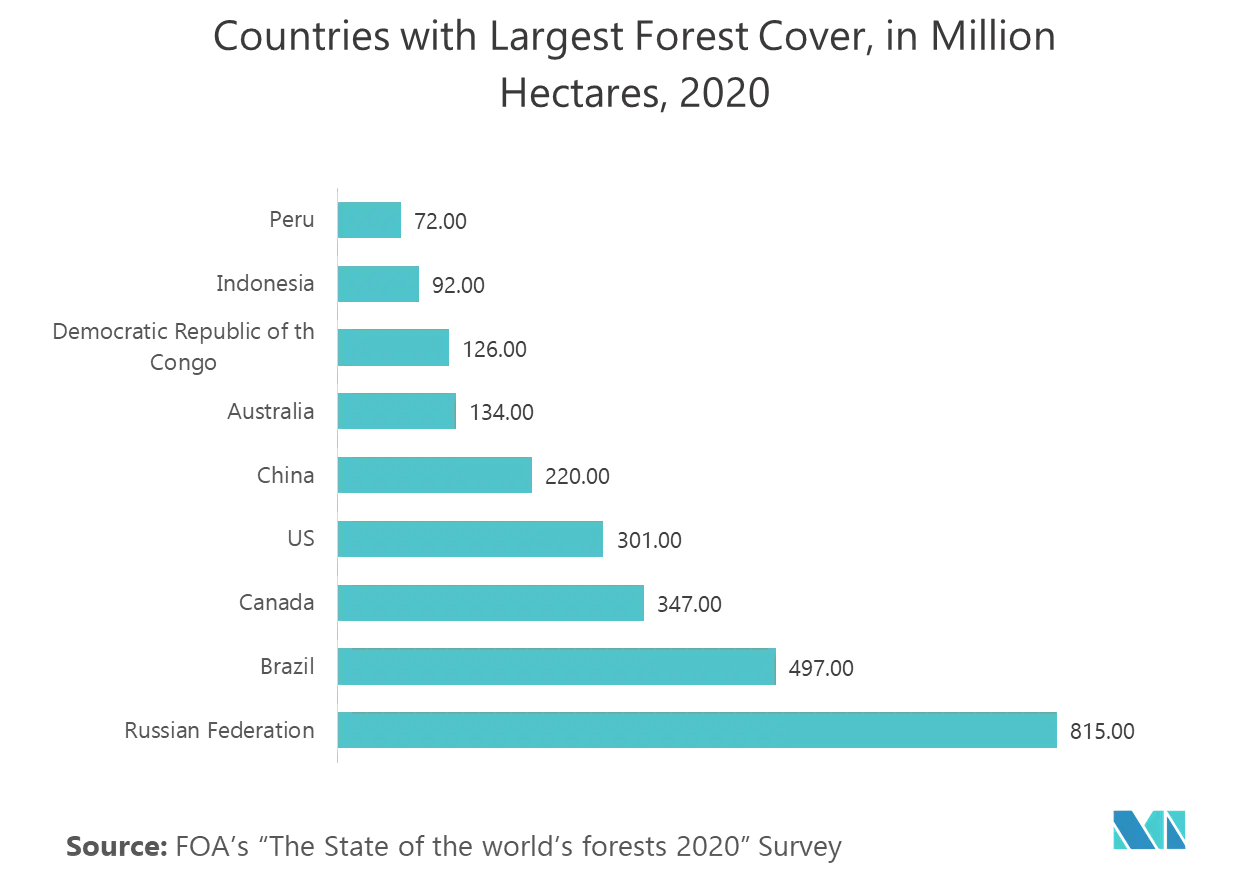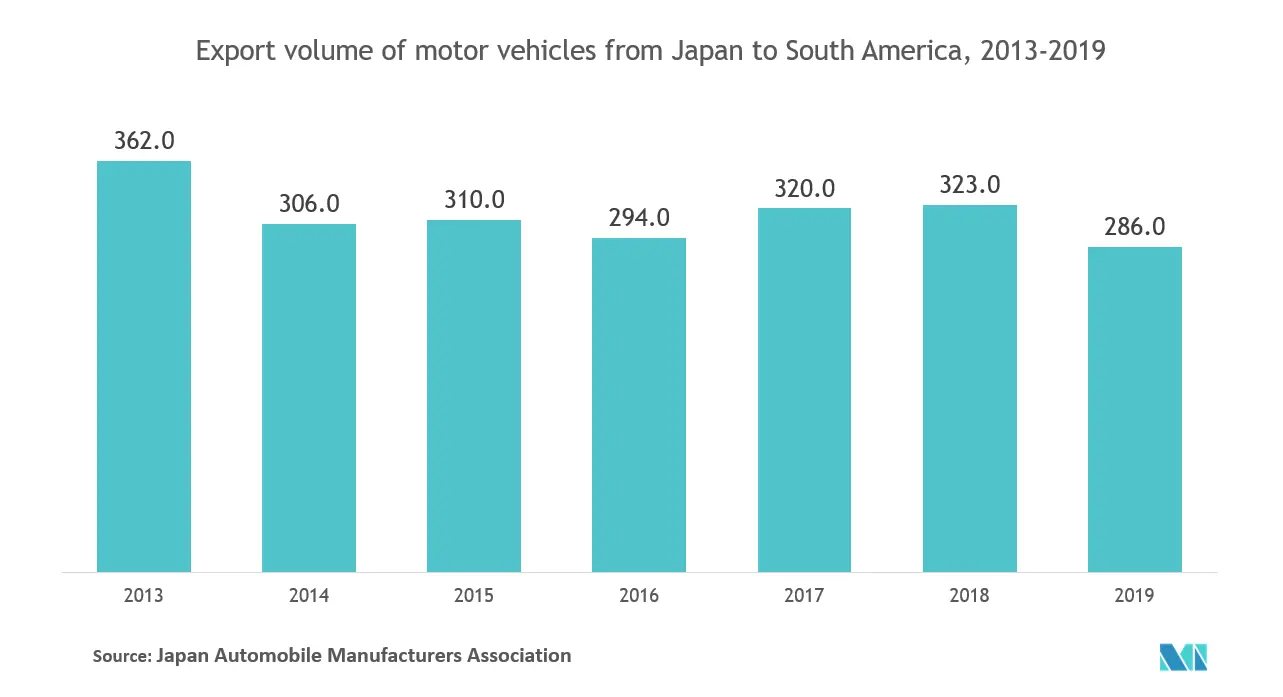Market Trends of Latin America LiDAR Industry
This section covers the major market trends shaping the Latin America LiDAR Market according to our research experts:
The Growing demand of Laser Scanner will Drive the Growth of this Market
- The demand for Laser Scanner is increasing rapidly in this region owing to its ability to develop 3D point clouds for a range of objects, like single molecules, clouds, aerosols, chemical compounds, nonmetallic items, and rocks. Moreover, Aerial scanning can also provide data to topographic maps, measuring snowpacks, measuring glacier decline and volcano uplift, determining forest biomass values, measuring tree canopy heights, measuring agricultural productivity, and others.
- Scanning is the principal purpose of the LiDAR system. A laser that is used to illuminate an object and analyze it belongs to a narrower wavelength, thus, giving a higher resolution output. Laser scanners are the most critical component of a LiDAR system, as they are the components that generate the essential input data.
- Major Vendors in this region are also following innovative strategies to gain some competitive advantage over others. In October 2019, RIEGL introduced multiple new product offerings regarding airborne laser scanning, terrestrial laser scanning, and UAV-based laser scanning. Two new airborne laser scanning solutions were introduced: the first one, the RIEGL VQ-780 II, is a waveform processing airborne laser scanner for wide-area mapping, designed for data acquisition of low, mid, and high altitudes with a pulse repetition rate of 2 MHz and more than 1.33 million measurements per second. The RIEGL VQ-1560 II offers an integrated airborne laser scanning system with a pulse repetition rate of 4 MHz for even higher productivity than the VQ-780 II scanner.

The Rapidly Growing Automotive Industry will Hold the Largest Market Share
- The Latin American region continued its evolution into an established automotive manufacture and sales hub. Government incentives and free trade agreements supported this. The automotive sales in this region are boosted by the growing population, increasing purchasing power due to the increasing economy, and increasing focus by the government on having in-house automotive production.
- Connected car technology is quickly expanding in Latin America, where penetration is anticipated to nearly quadruple in four years, growing from 3.3% in 2017 to 12.5% in 2022. The government program, such as “Inovar Auto,” designed to support the automobile industry innovation, is expected to boost the market.
- According to the Mexican Automotive Association (AMIA), the vehicle production rate in this region is increasing rapidly. Such increasing production and export trends indicate the scope for new investment technologies in the automotive industry. Brazil and Mexico are the major factors driving the industrial sector and the dependent LiDAR market in this region.
- Jeep Compass is the first SUV produced in Brazil with a level 1 autonomy, which is designed with ADAS features, like Emergency Braking, among others. With public safety being an issue in the Latin American region, the need for ADAS-equipped vehicles is expected to increase further. Hence this increasing trend of ADAS technology will definitely influence the growth of this market.


